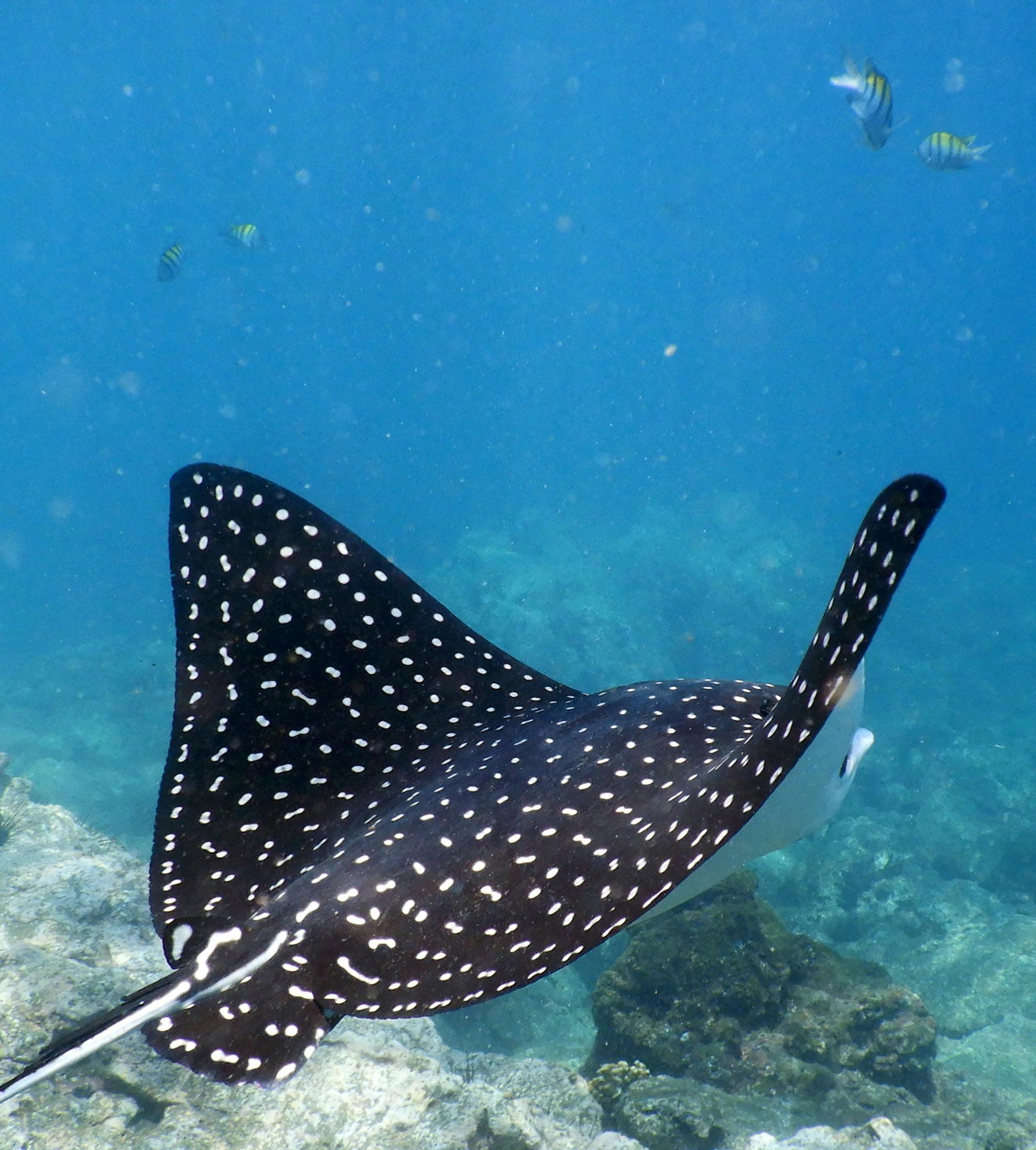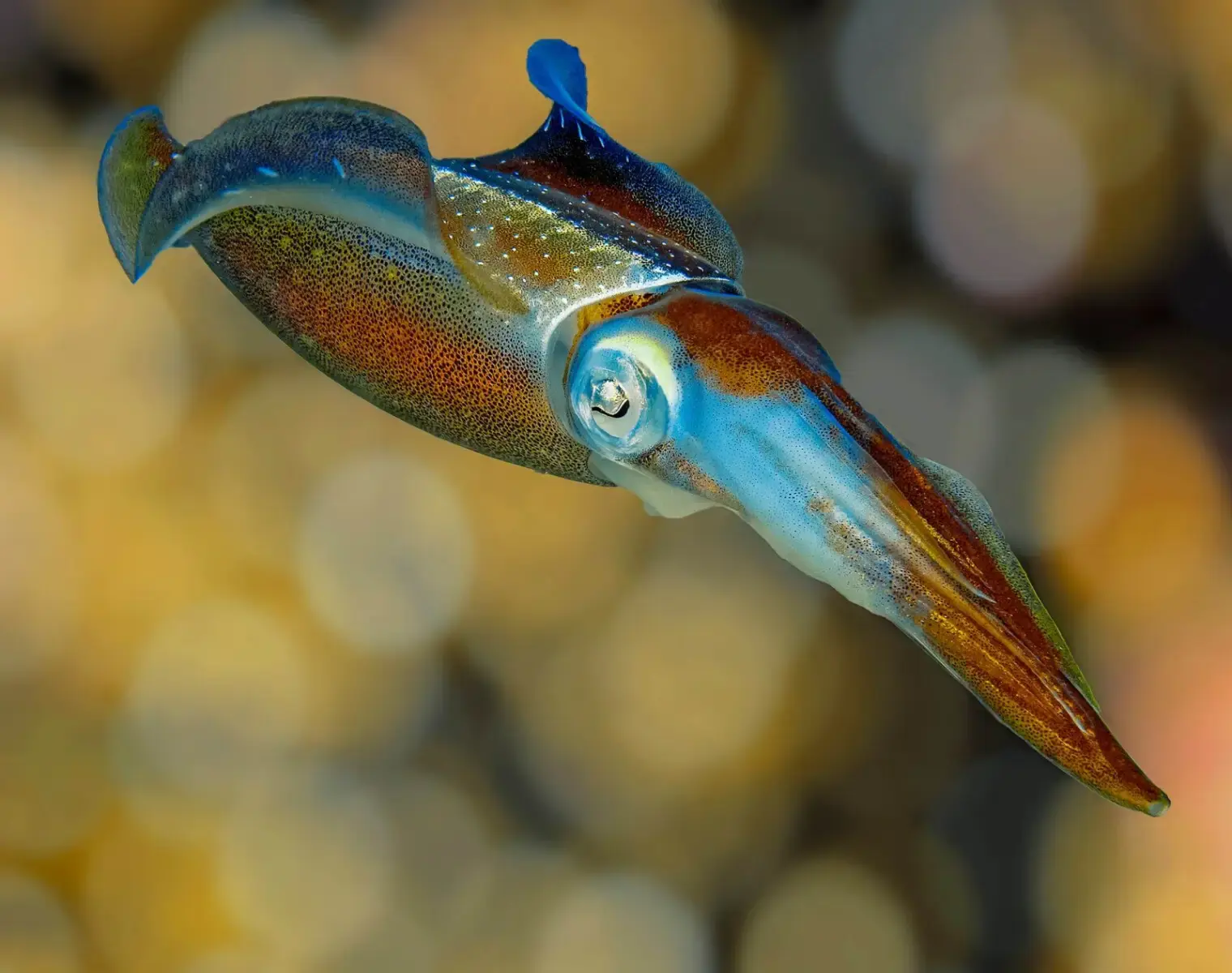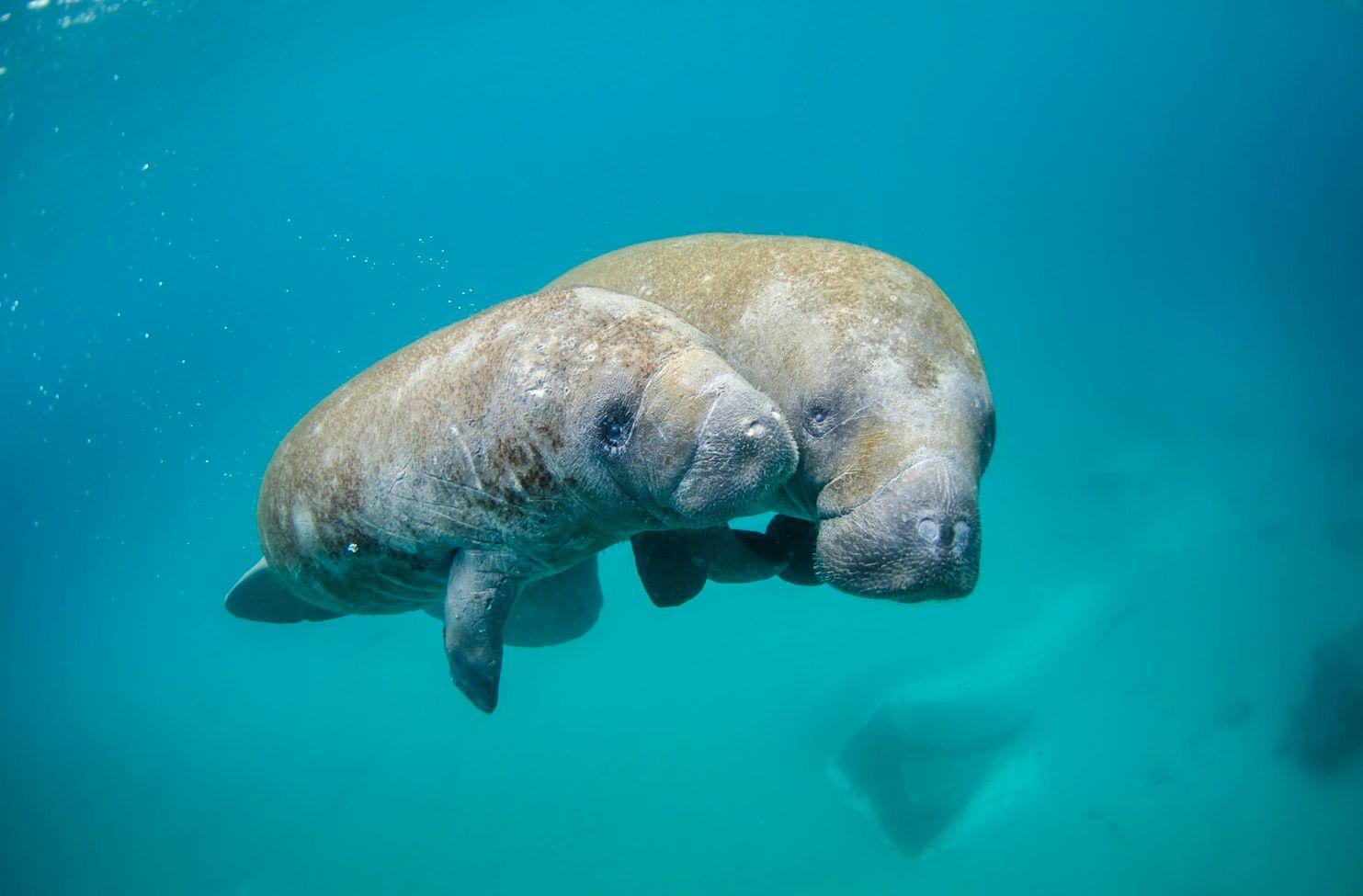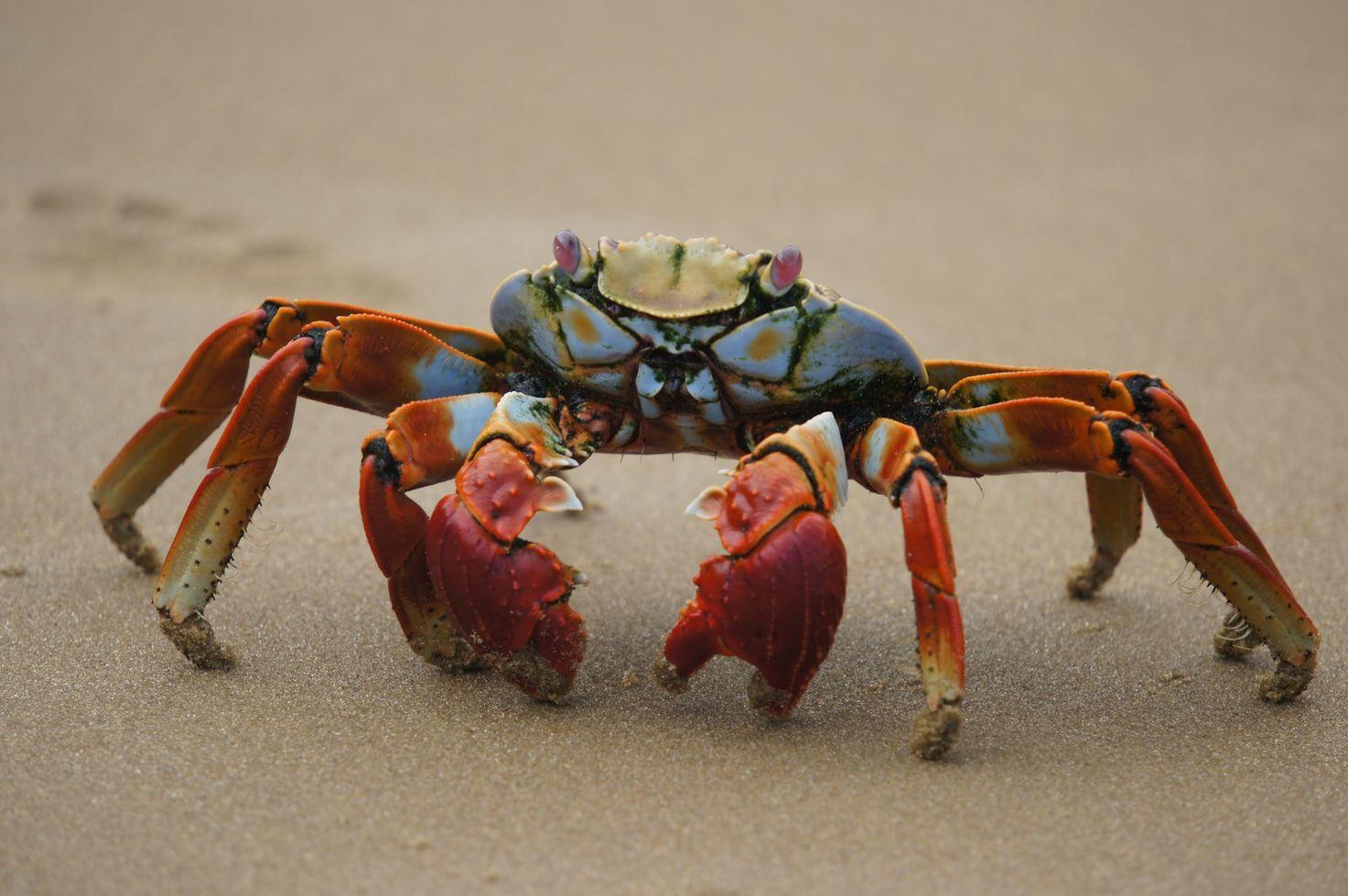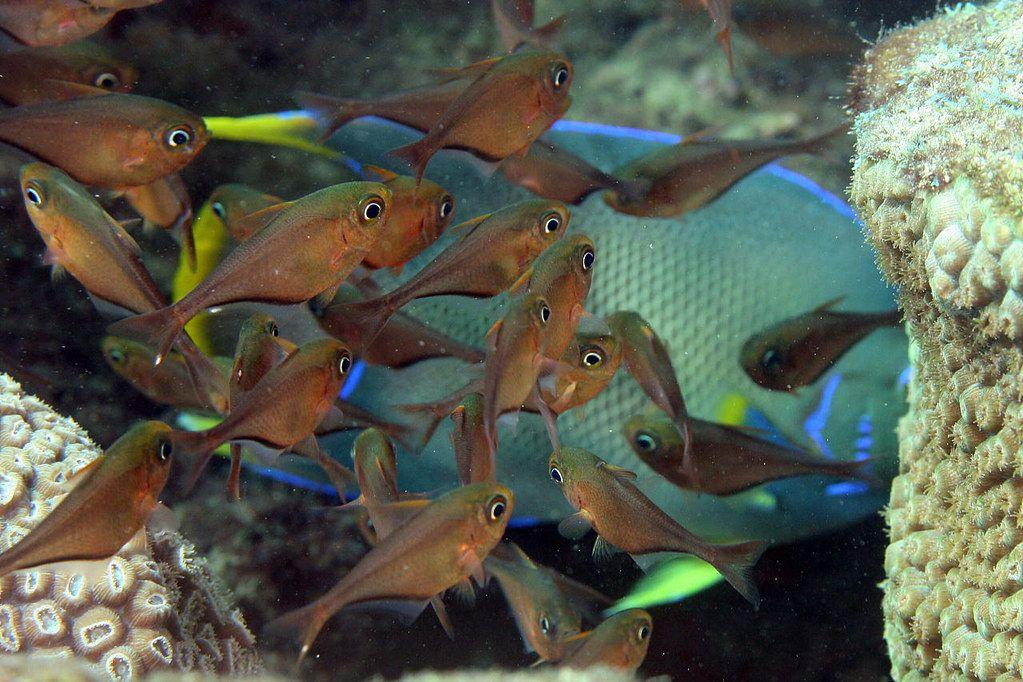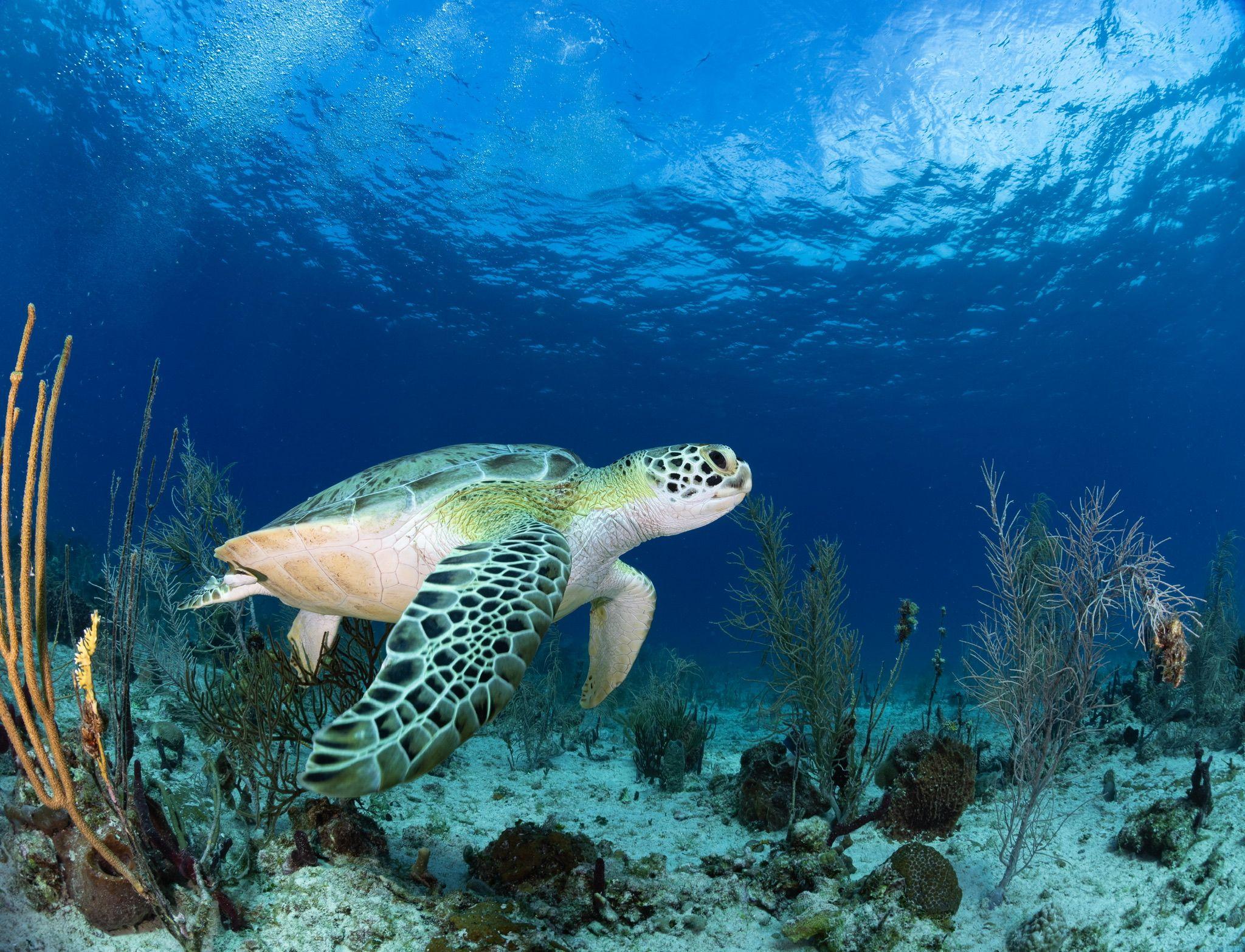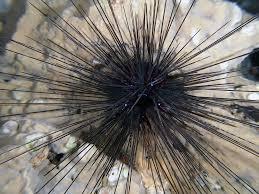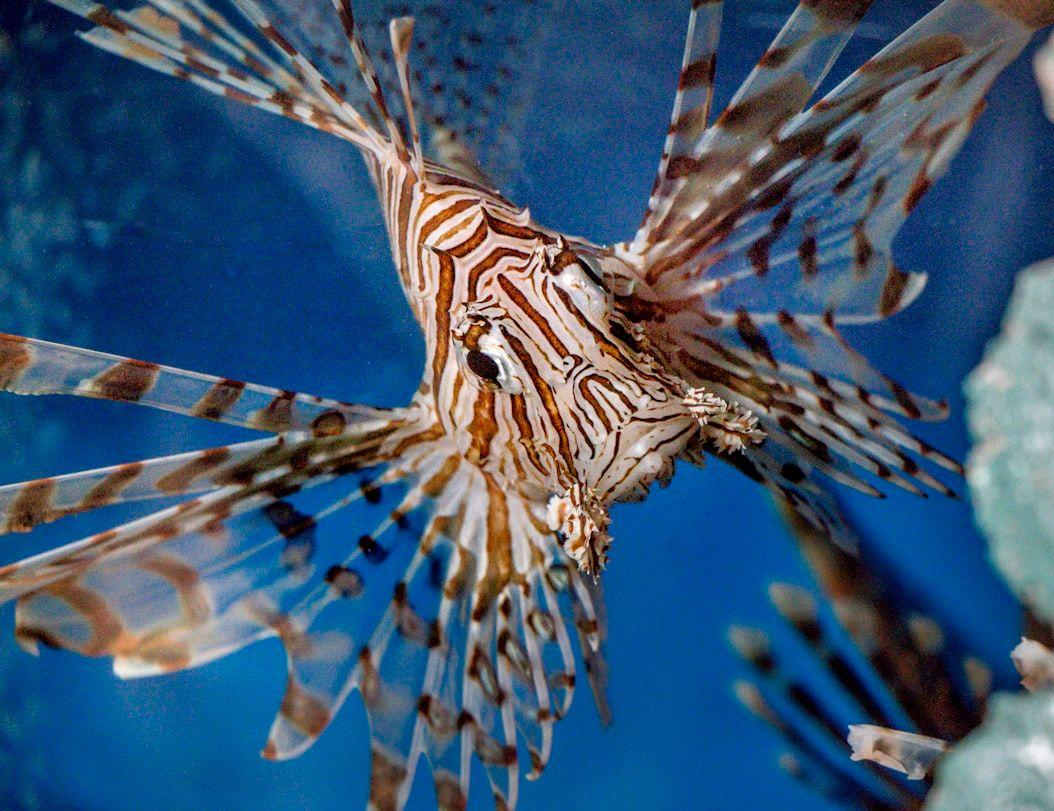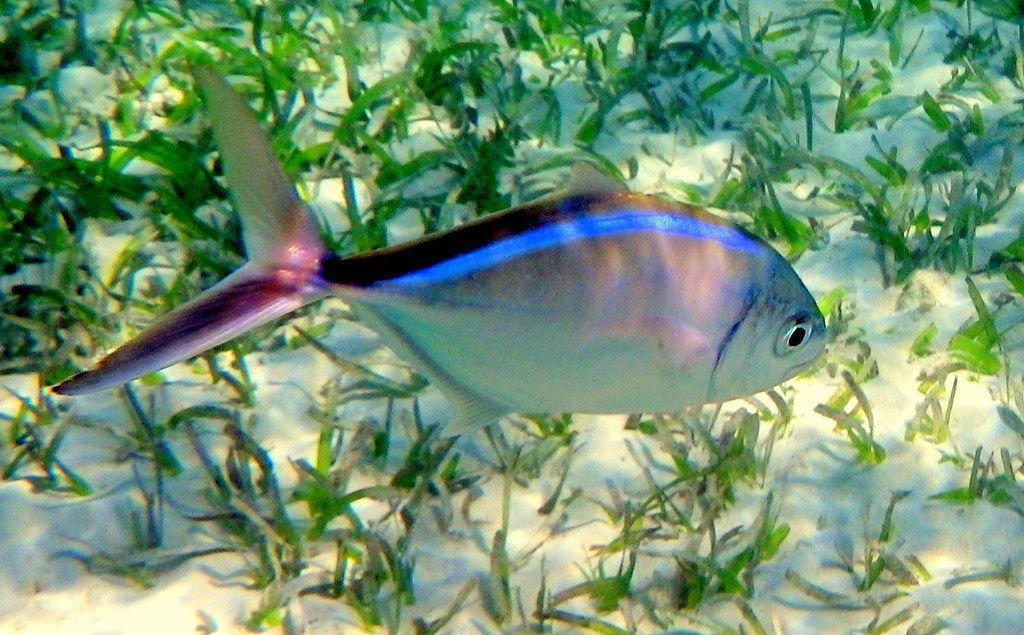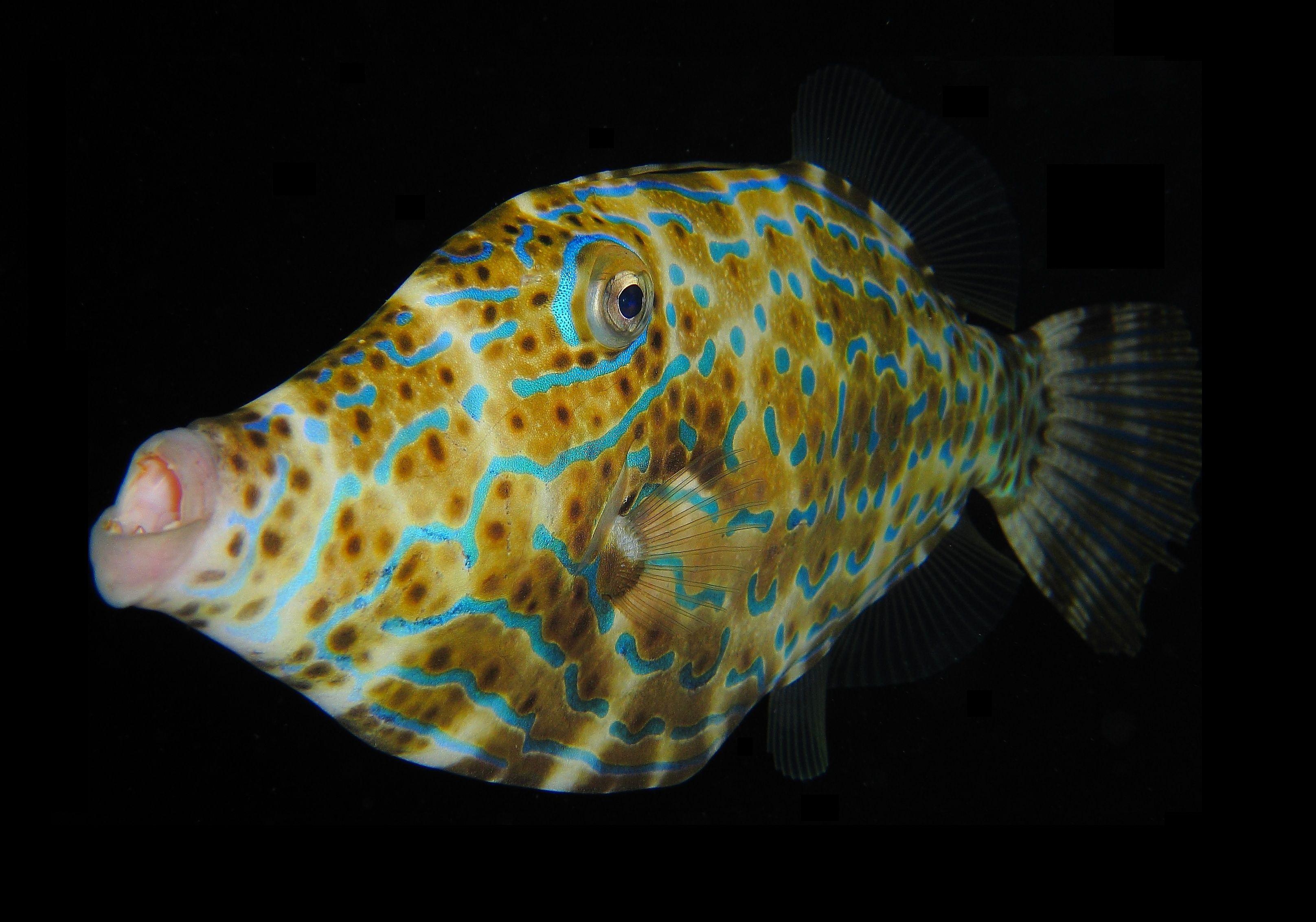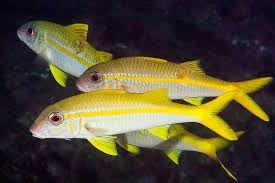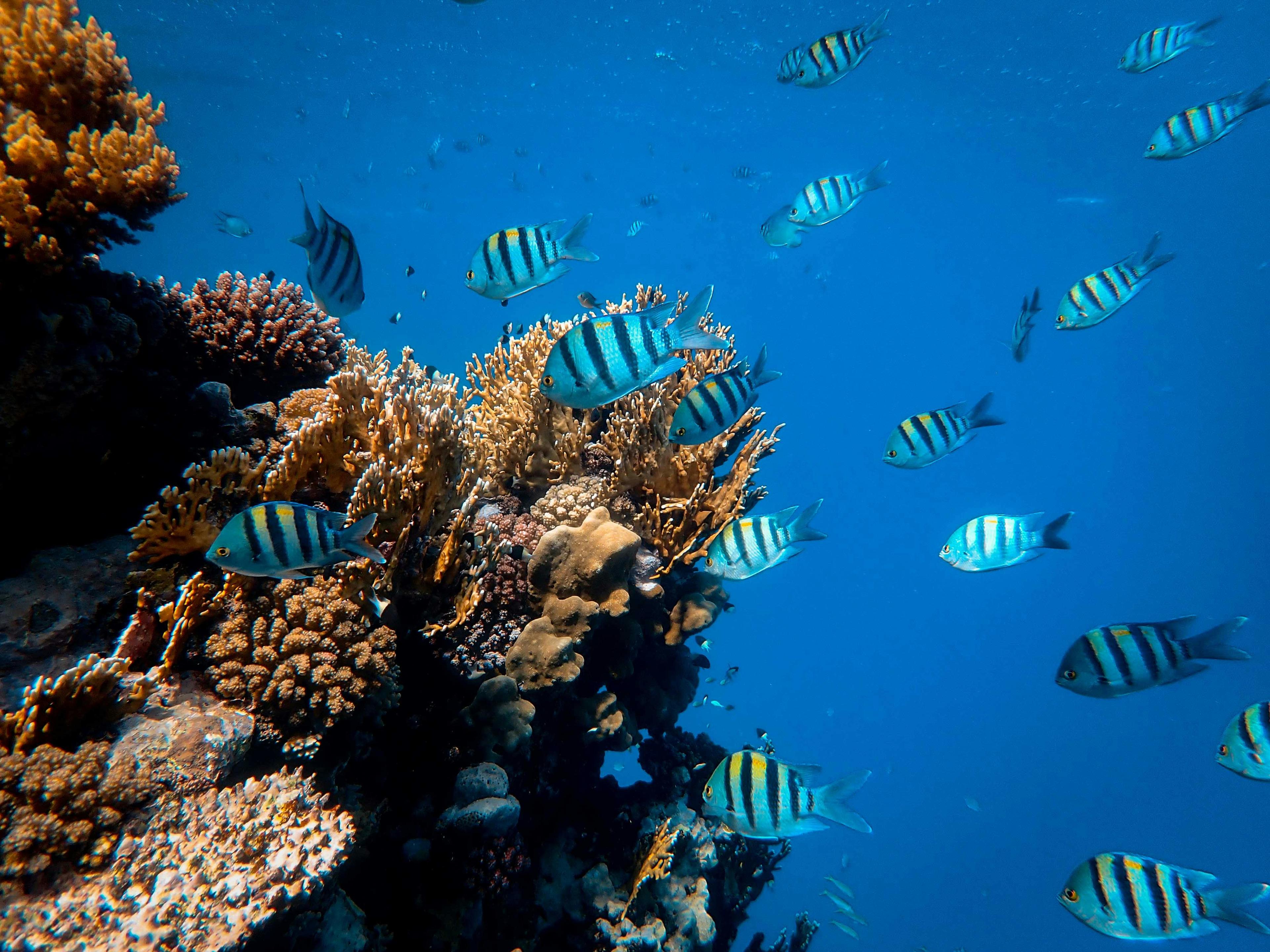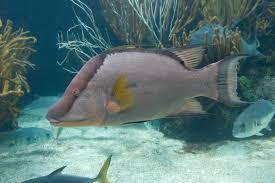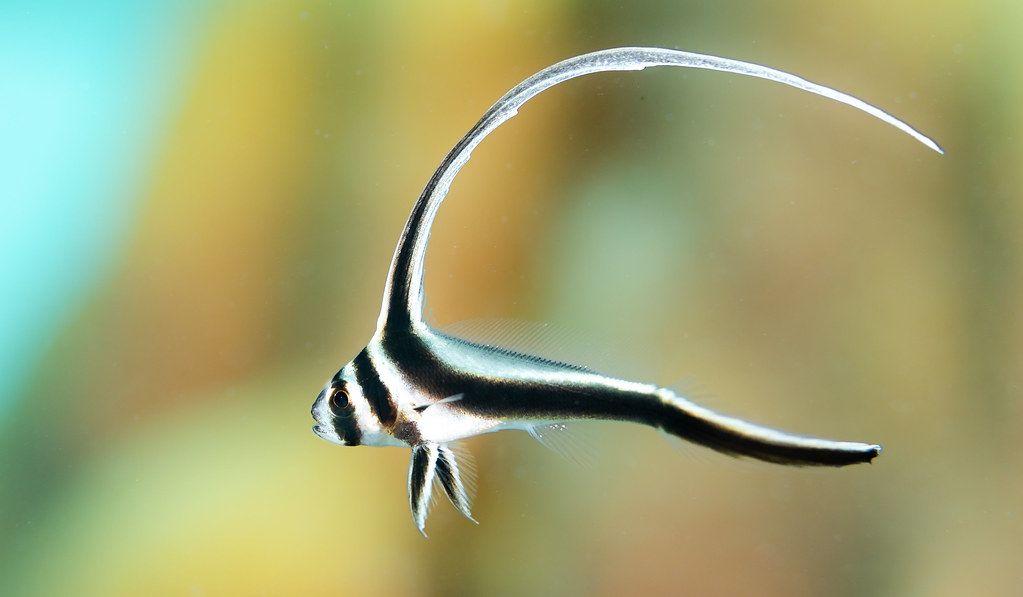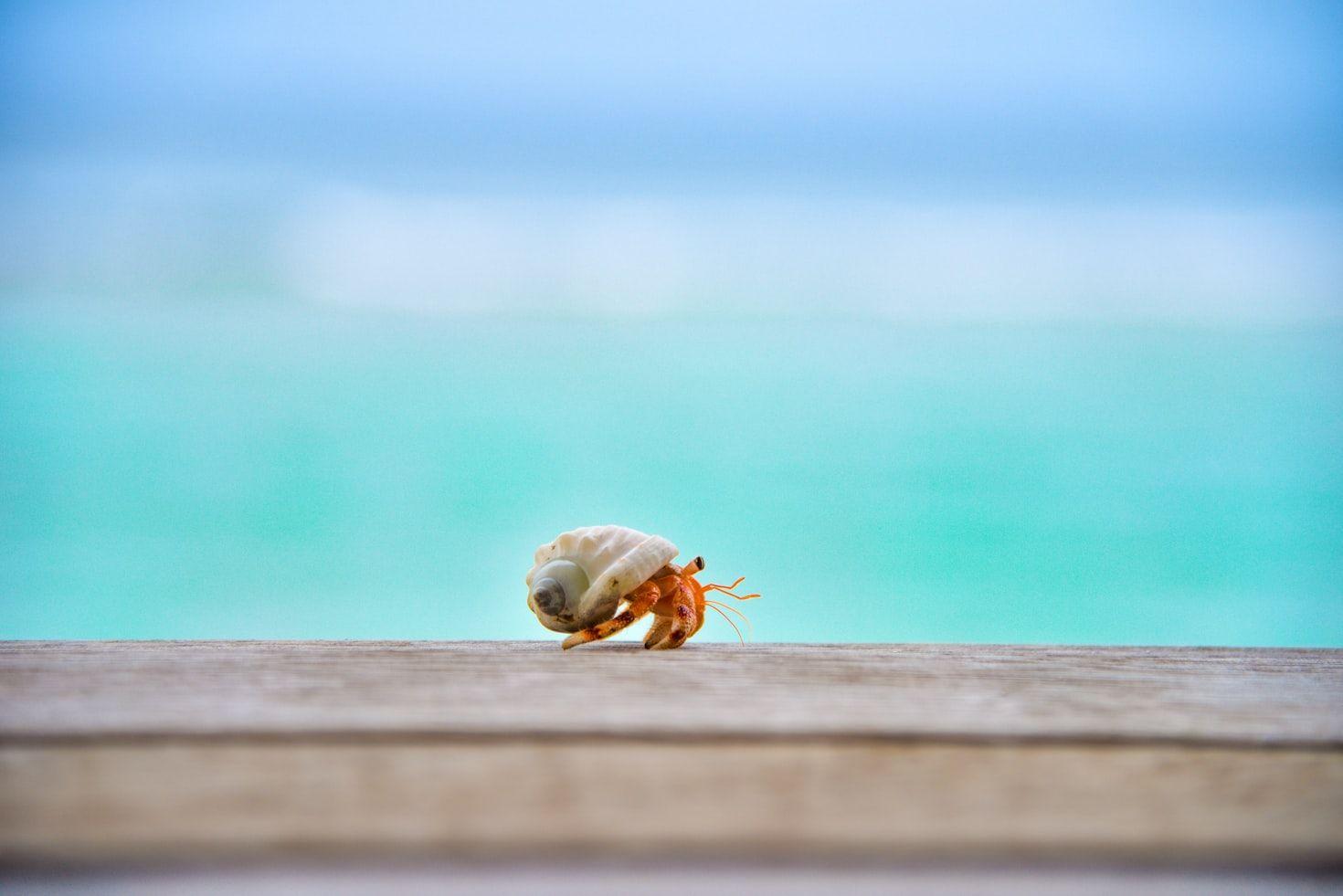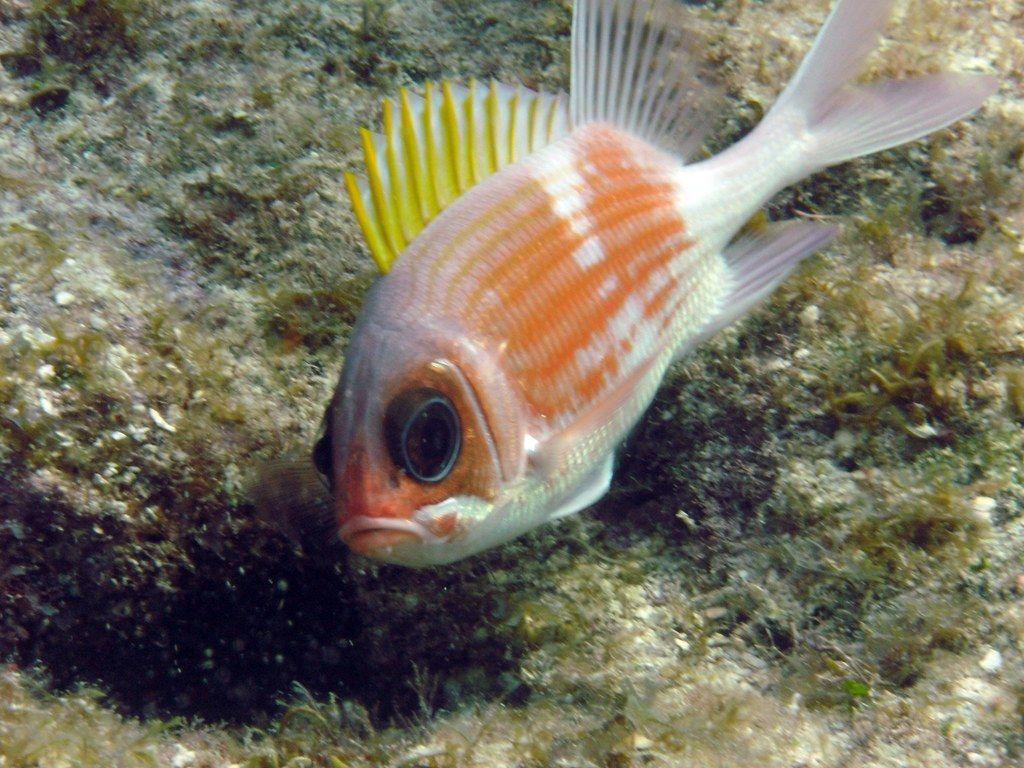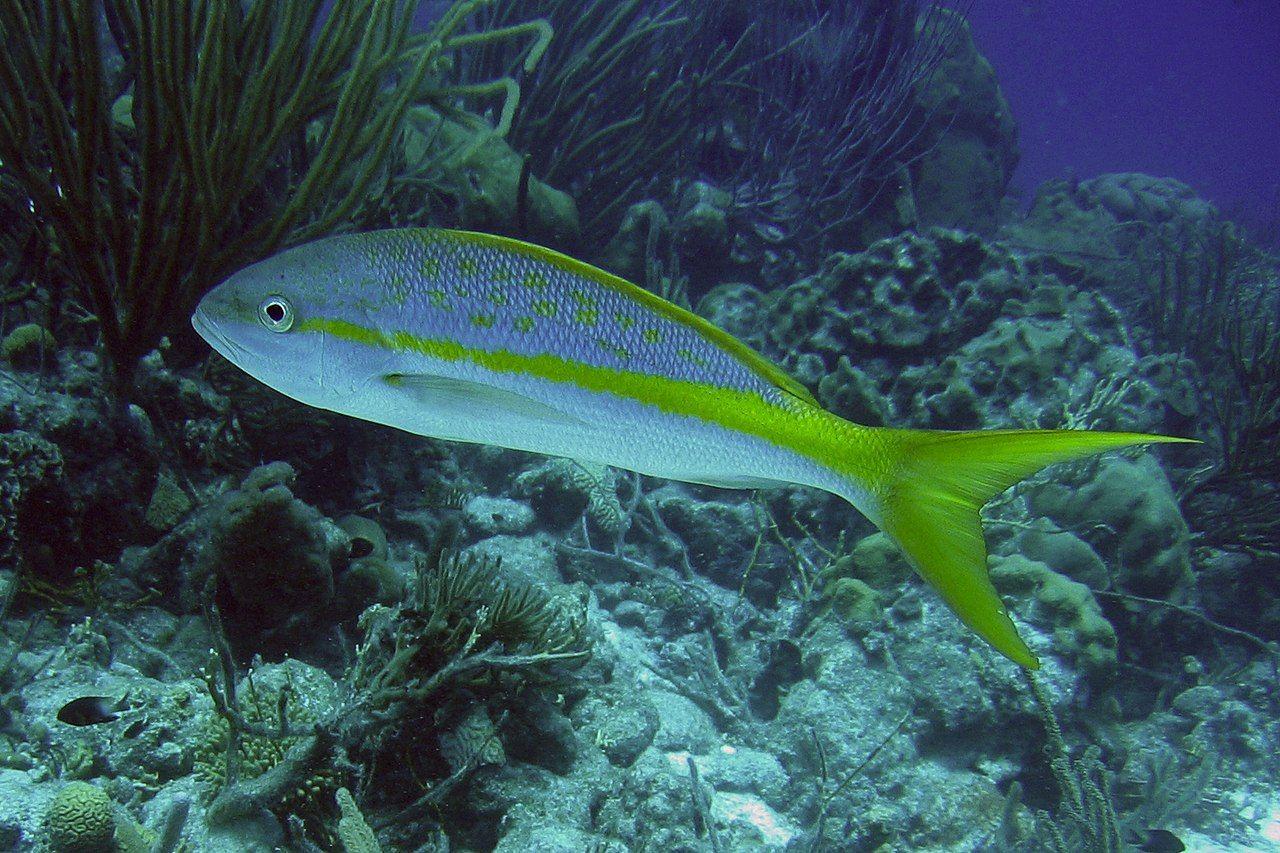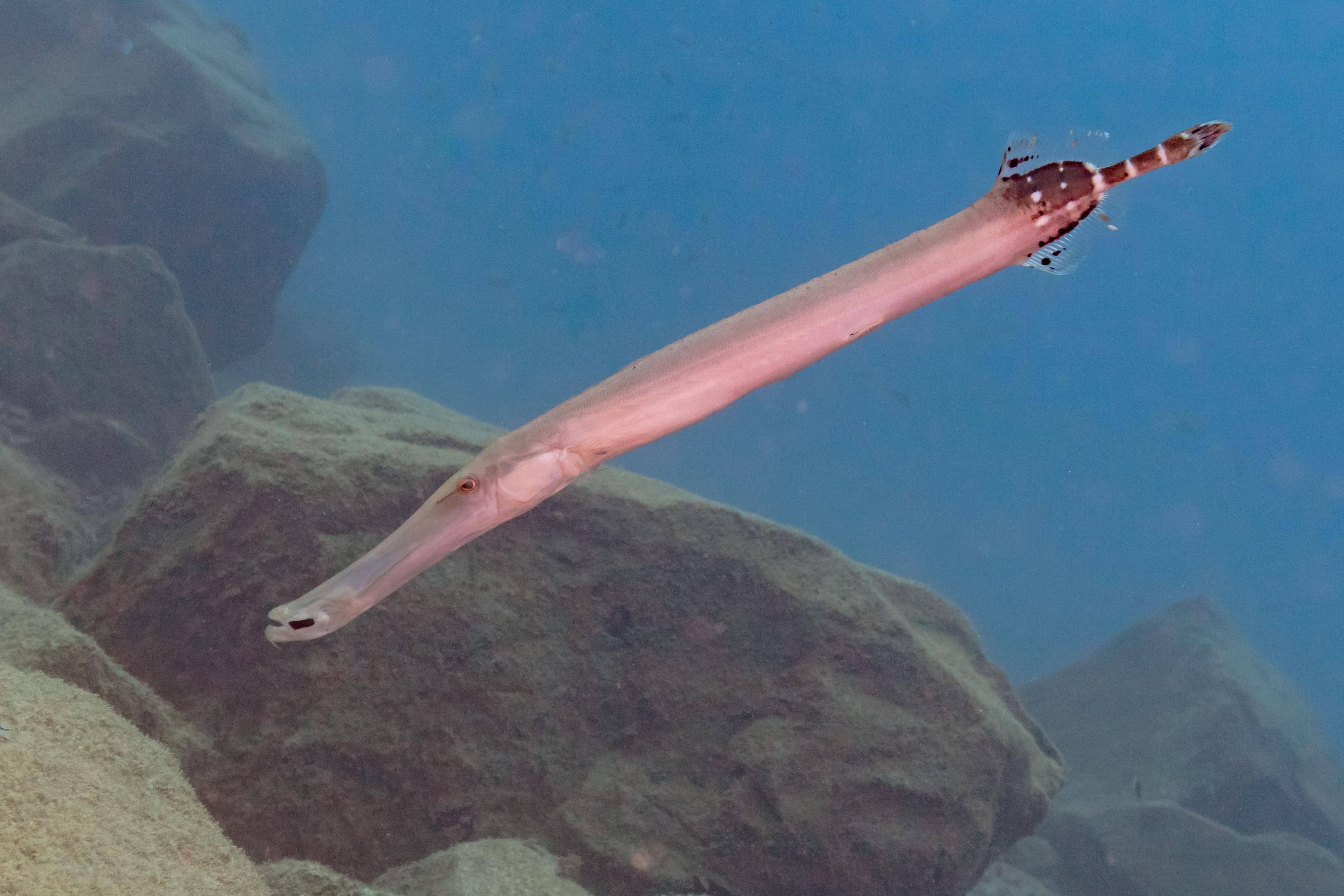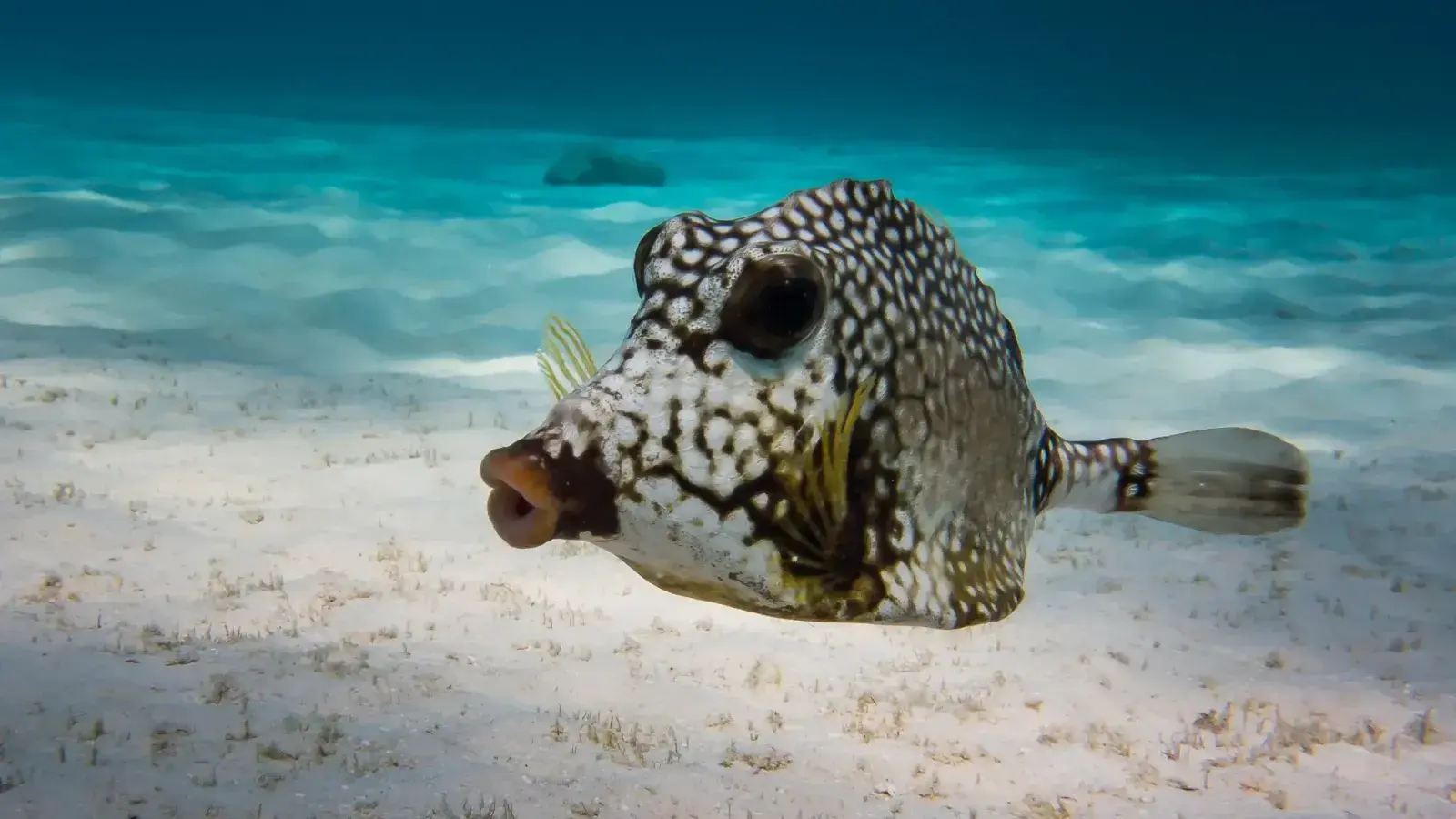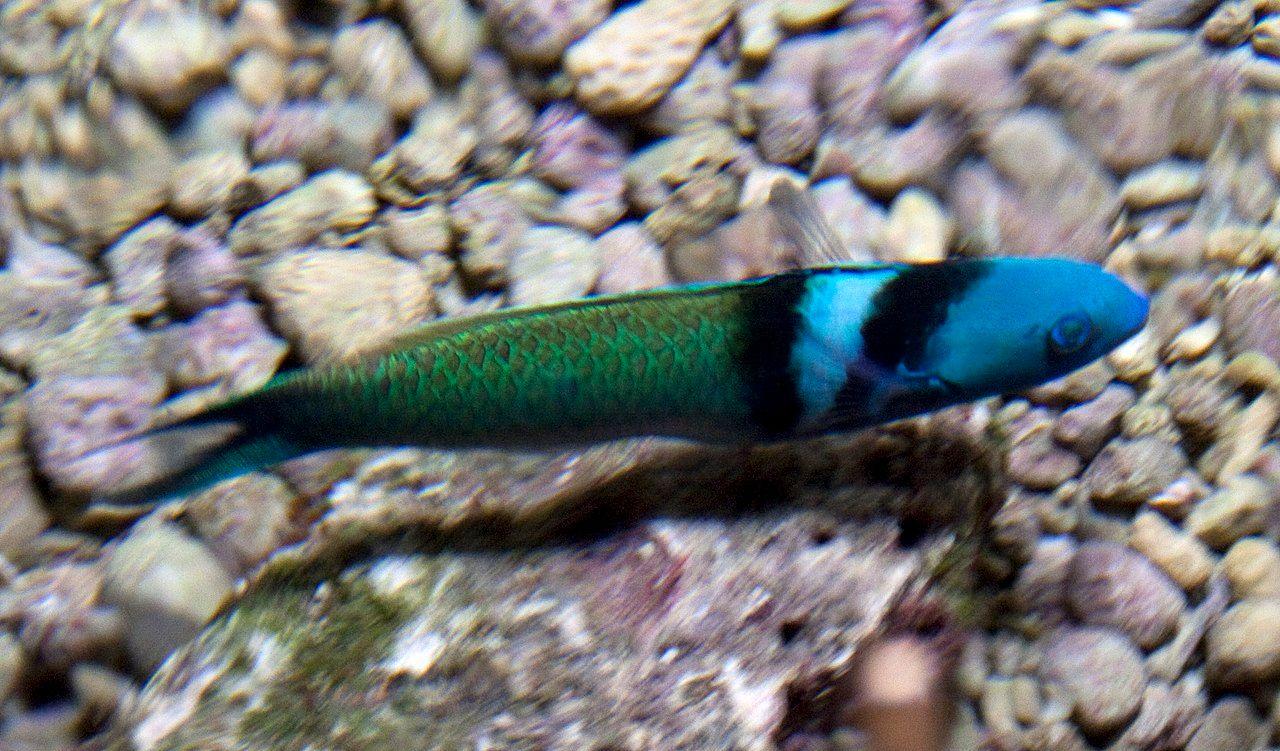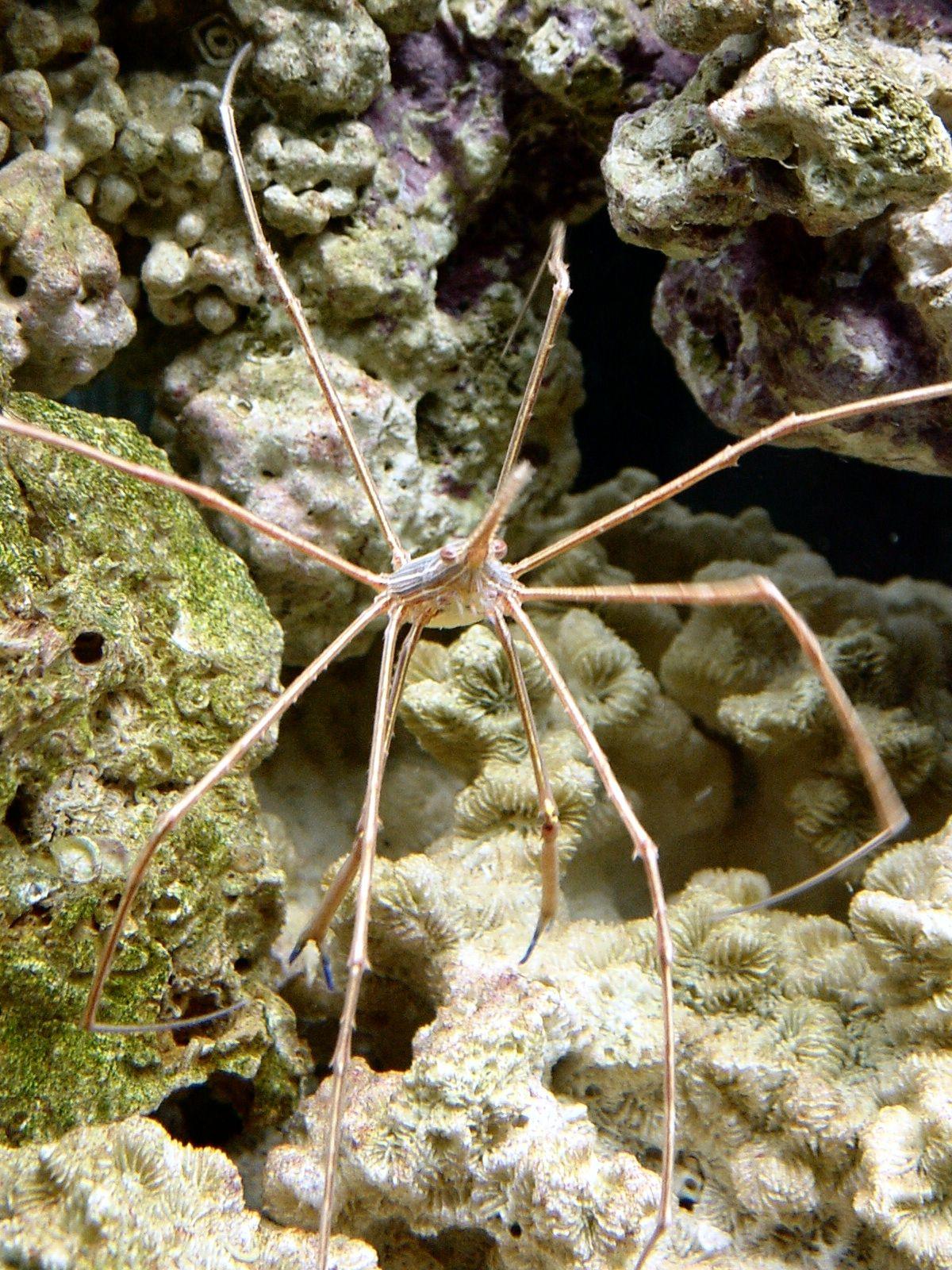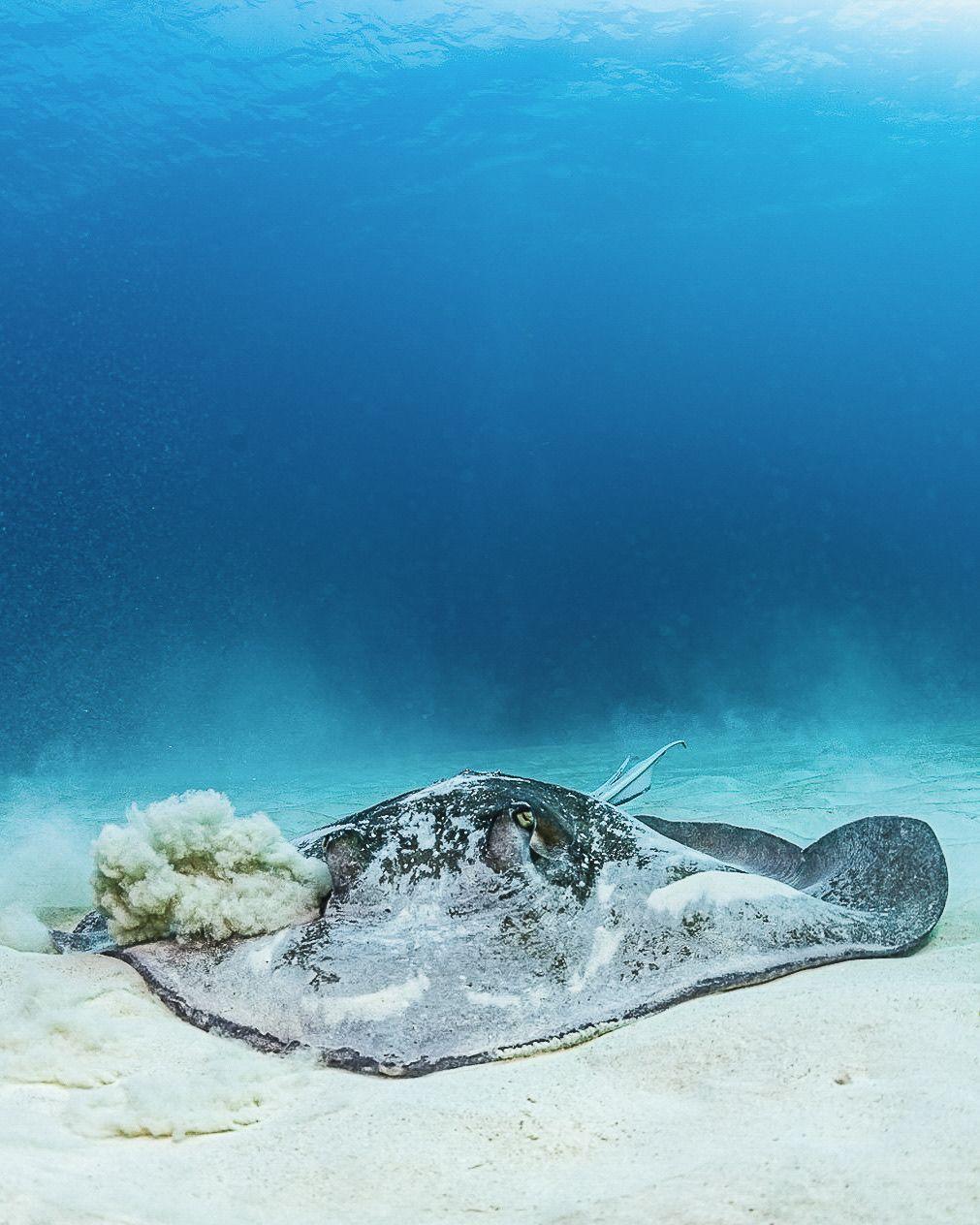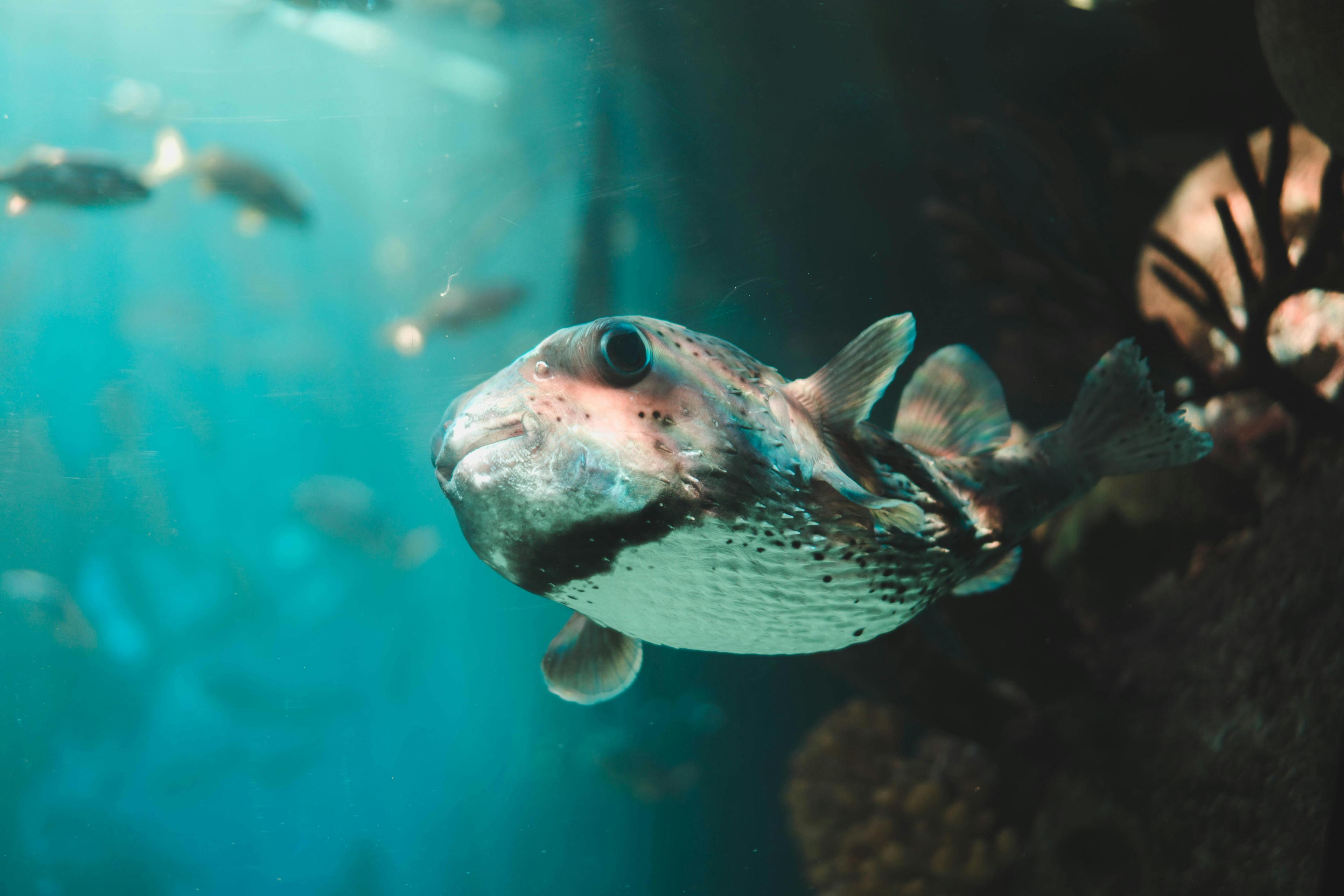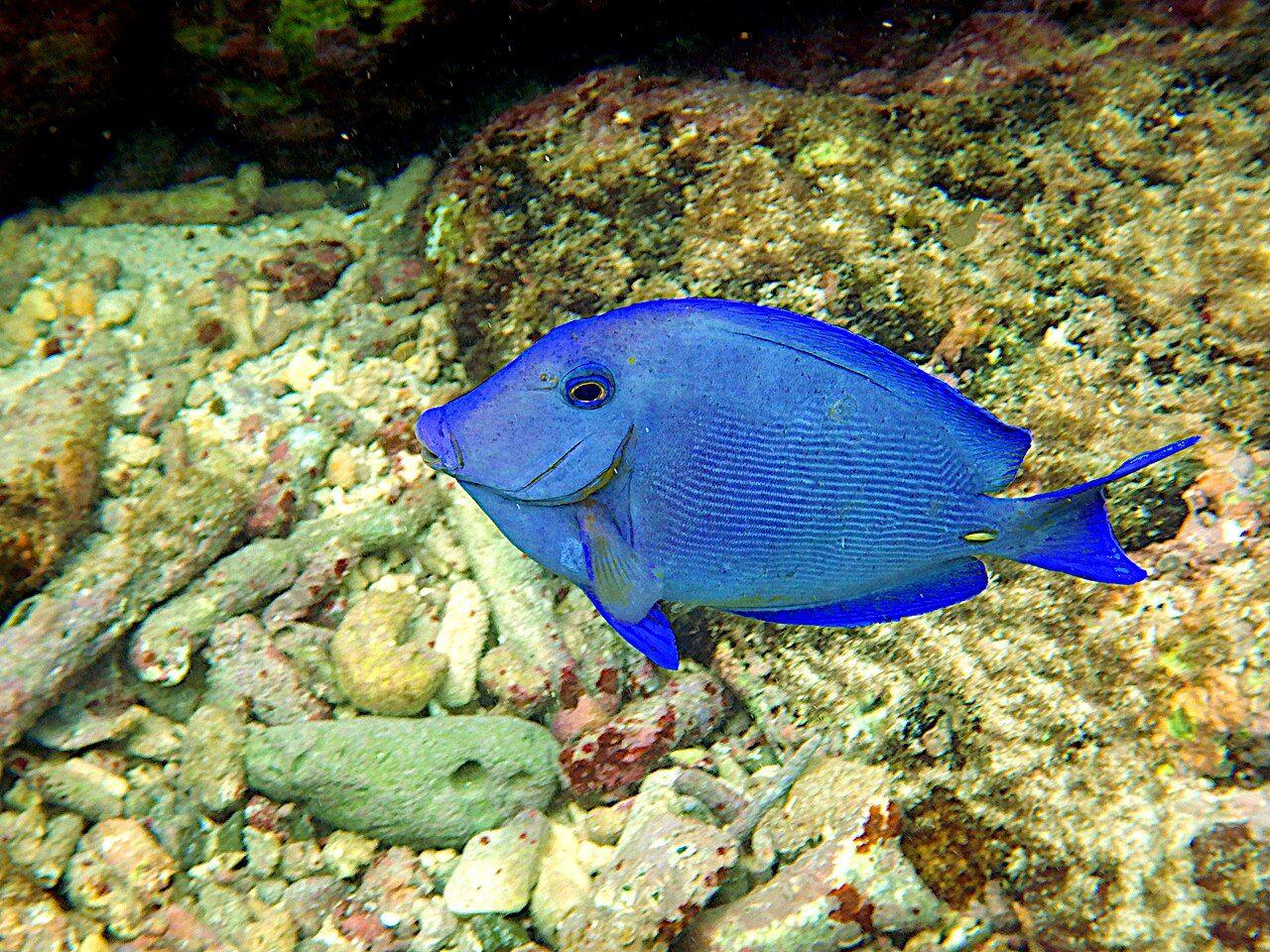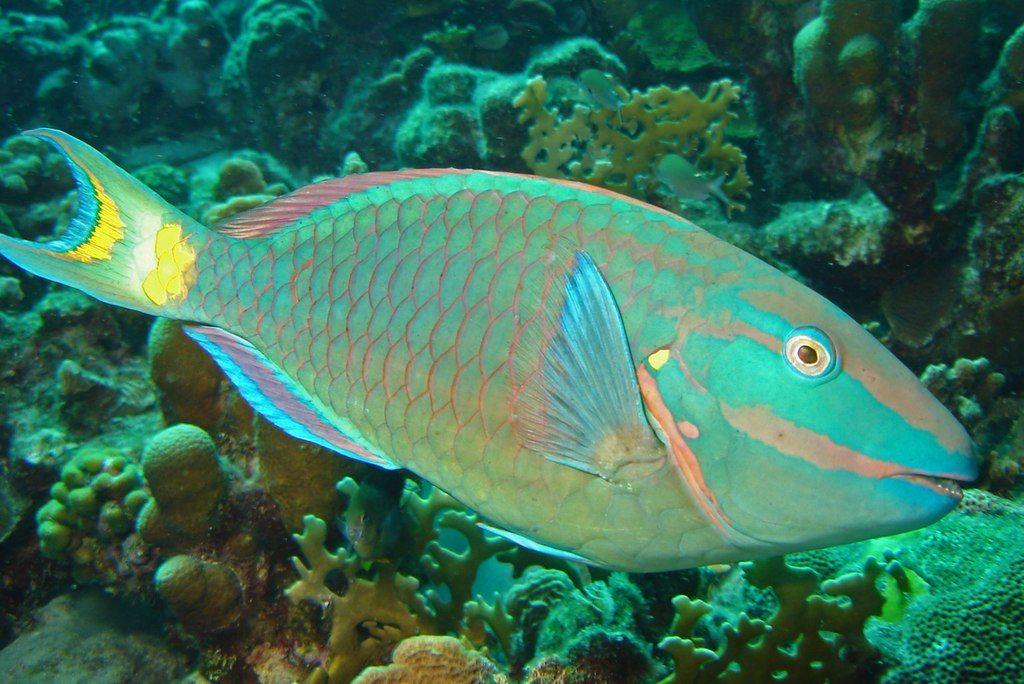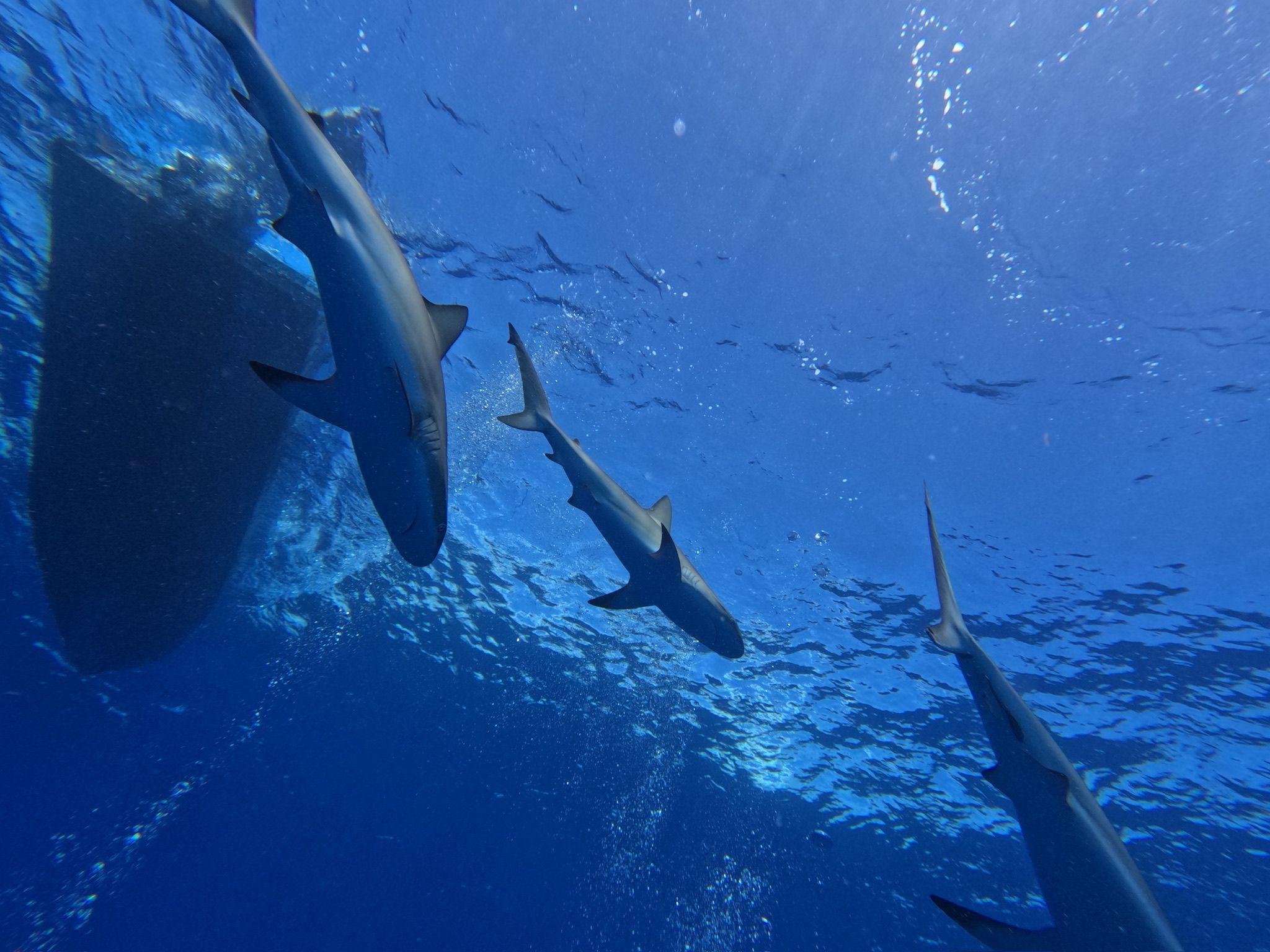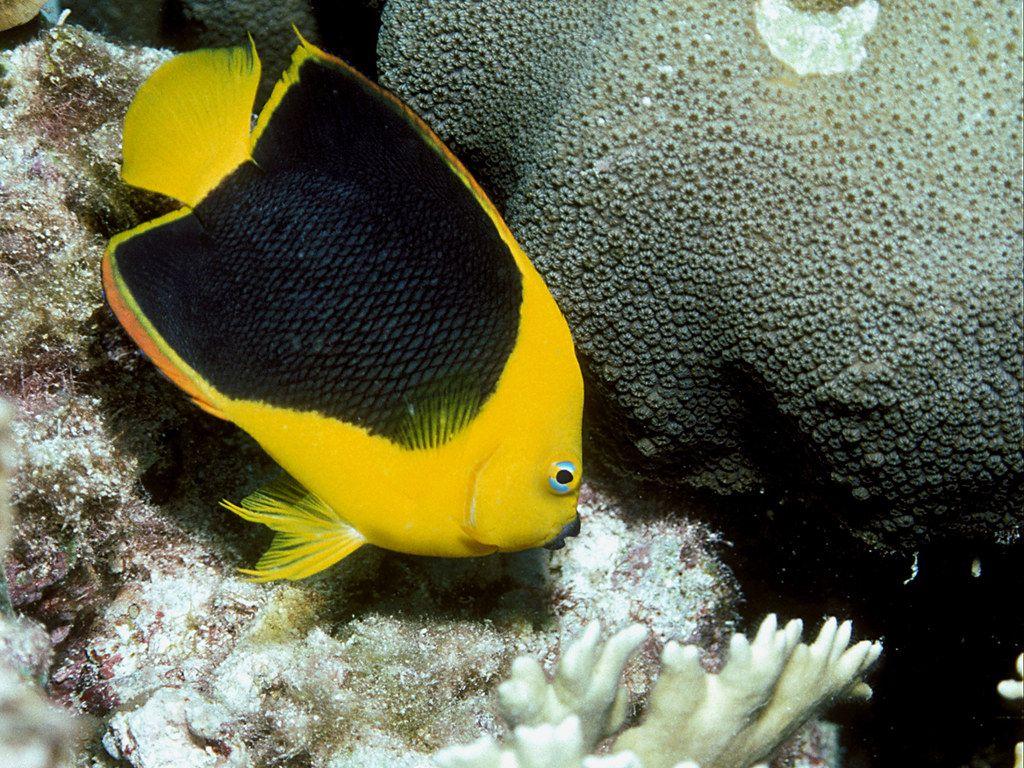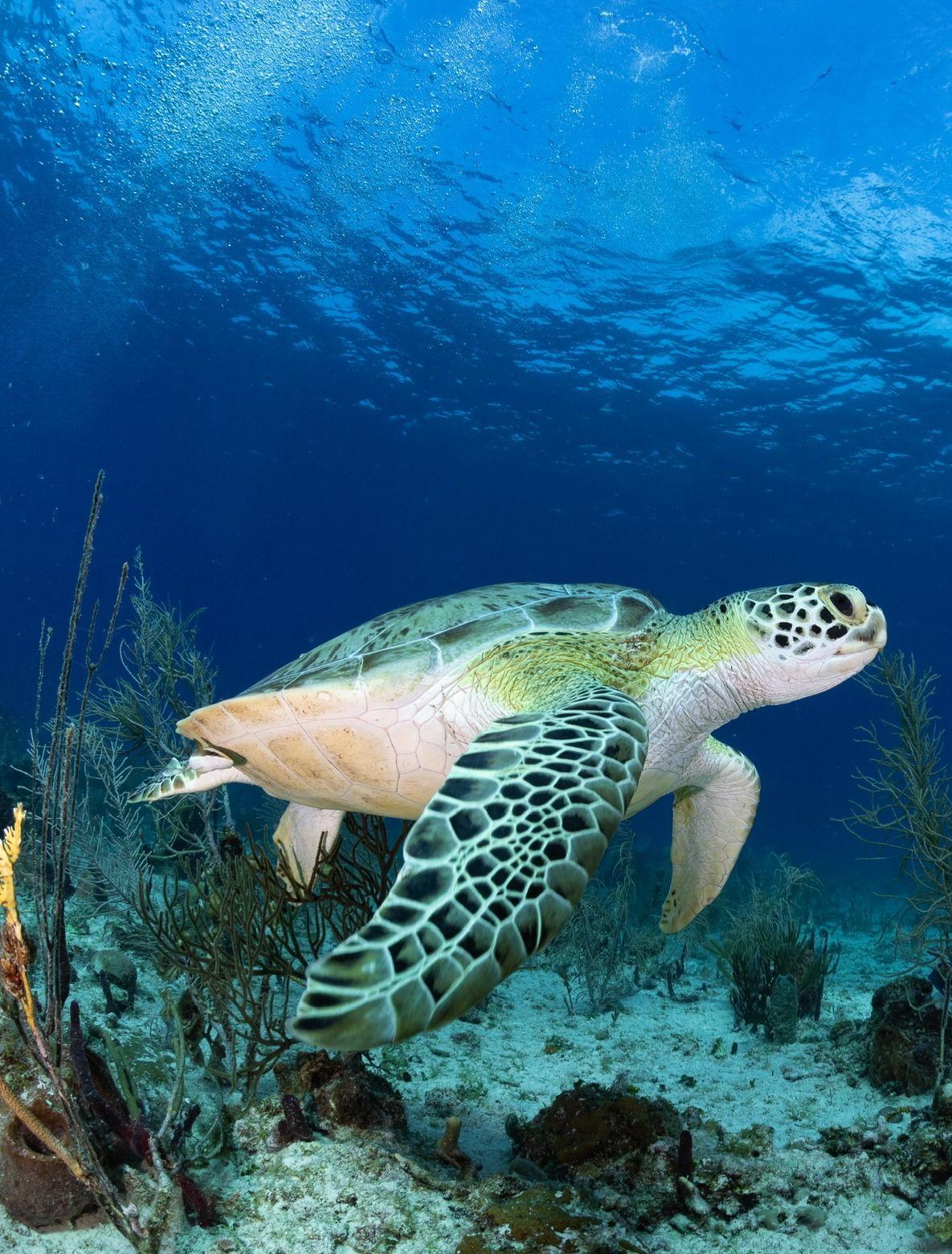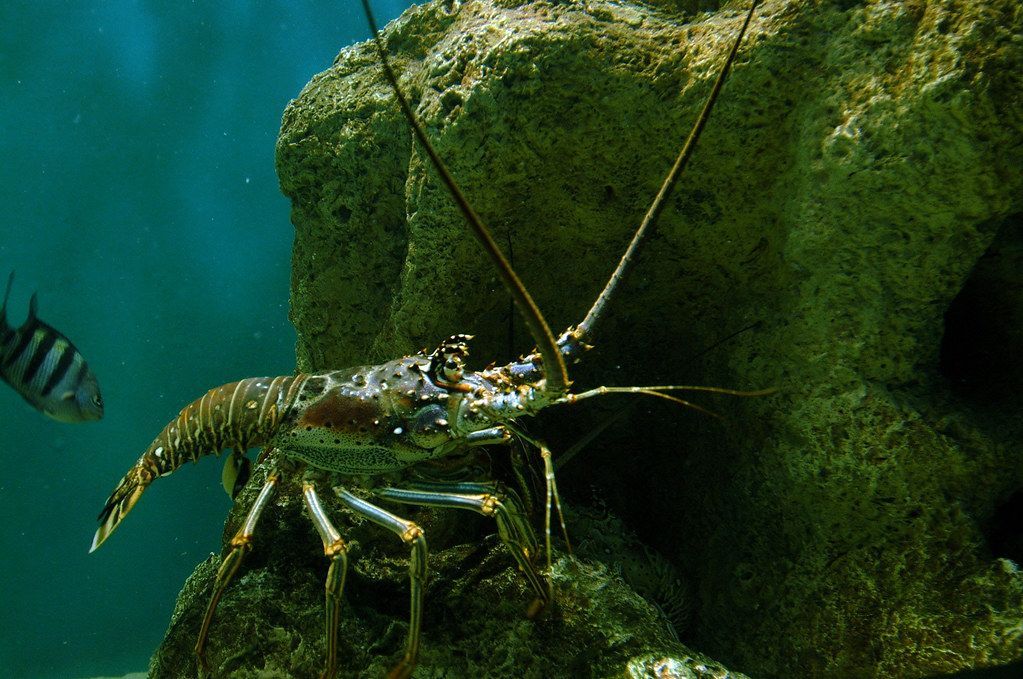

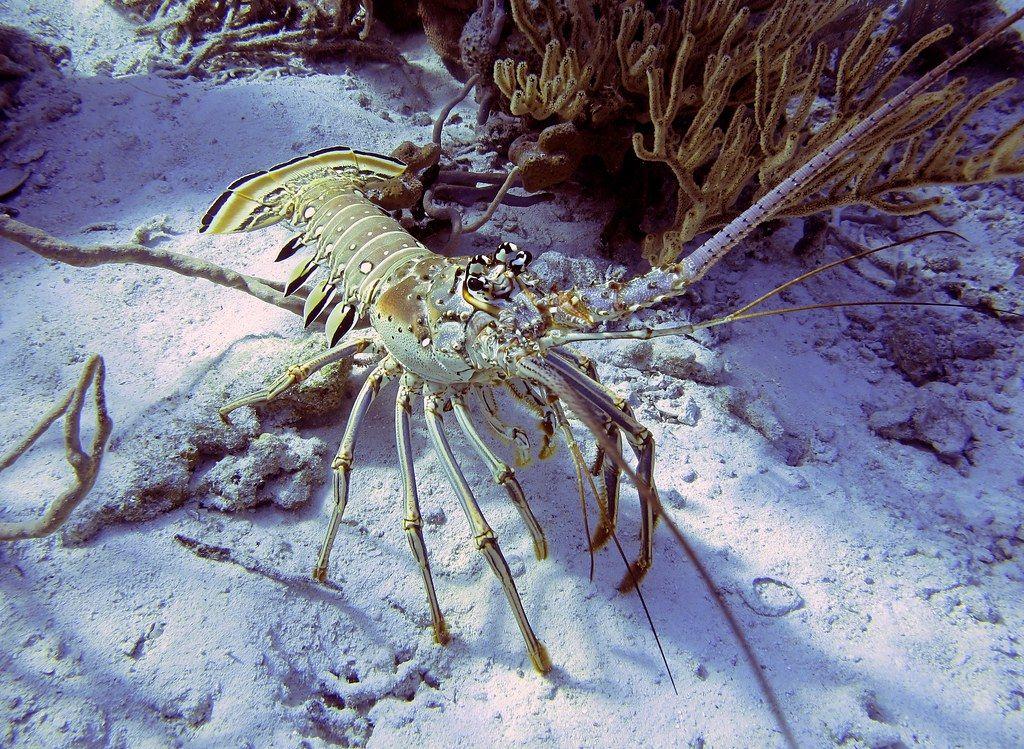

🦞 The Spiny Lobster: A Caribbean Icon Beneath the Waves
The Caribbean Sea is home to countless fascinating marine creatures — and among the most curious is the Spiny Lobster. Found throughout the tropical waters of the Dominican Republic, these lobsters are a favorite sighting for divers exploring coral reefs, rocky crevices, and underwater ledges near Punta Cana.Though they may not look like the classic lobster served in seafood restaurants, spiny lobsters are just as captivating — and play an important role in the reef ecosystem.
🐚 What Makes Spiny Lobsters Unique?
Unlike their cold-water cousins, spiny lobsters have no claws. Instead, their defense comes from their long, spiky antennae, powerful tail, and a hard exoskeleton. They’re often shades of reddish-brown, with banded legs and subtle patterns that help them blend into their rocky homes.Fun facts about spiny lobsters:
- They’re nocturnal and mostly hide during the day
- They communicate by rubbing their antennae against ridges near their eyes, creating a squeaking noise
- They can “tail-flip” rapidly backward when threatened, creating a quick escape
- They sometimes migrate in groups, forming long single-file lines across the seafloor
🏝️ Where You Can Spot Them in Punta Cana
Spiny lobsters are commonly found in:
- Reef crevices and ledges
- Underwater caves
- Rocky overhangs
- Artificial reef structures
While you’re unlikely to see them scuttling about during the day, a careful eye (and an experienced dive guide) can often spot their long antennae poking out from their hiding spots.At Grand Bay of the Sea, our local guides are experts at pointing out the marine life others might miss — including these camouflaged crustaceans.
⚠️ Are Spiny Lobsters Endangered?
Spiny lobsters are not endangered, but they are heavily fished throughout the Caribbean for commercial and local consumption. Overfishing, especially during breeding season, is a major concern.To combat this, the Dominican Republic enforces a closed season each year when lobsters cannot be caught or sold. This typically runs from March 1st to June 30th, giving the population time to reproduce undisturbed.As divers and ocean lovers, we encourage all visitors to:
- Avoid eating lobster during closed season
- Support restaurants that source seafood sustainably
- Never take or disturb lobsters while diving
🌿 Why They Matter
Spiny lobsters are not just a delicacy — they’re important to the reef ecosystem. As scavengers, they help keep the reef clean by feeding on dead animals, algae, and detritus. They also provide food for larger predators like groupers and nurse sharks.Protecting them ensures a healthy balance in the underwater food web.
💙 Respectful Encounters
At Grand Bay of the Sea, we believe every marine encounter should be respectful and sustainable. That means:
- Never poking or trying to pull lobsters from their holes
- Avoiding bright lights or flash photography that may disturb them
- Educating divers about their importance and protection
🧭 Final Thought
Spiny lobsters are just one example of the incredible biodiversity found beneath the waves in Punta Cana. Whether you're a first-time snorkeler or a seasoned diver, encountering one of these fascinating crustaceans is a reminder of how much there is to discover — and protect — in our oceans.So next time you dive with us, keep an eye on the reef… you might just spot a pair of antennae waving hello from the shadows.
